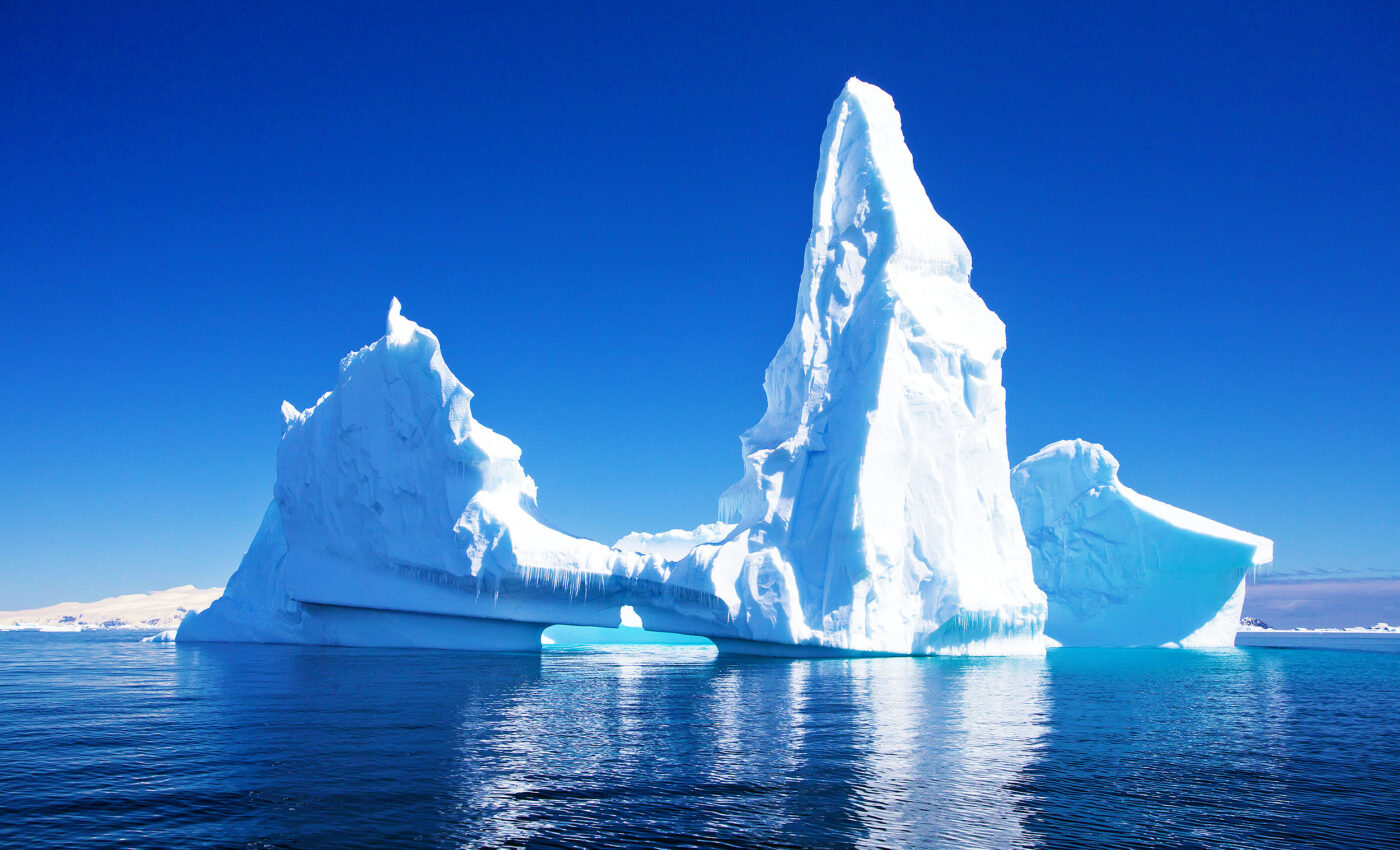
Antarctica suffered extremely rapid ice loss after the Last Ice Age, alarming scientists
A disturbing study in Antarctica has brought to light the dramatic and swift reduction of the West Antarctic Ice Sheet at the conclusion of the Last Ice Age, approximately 8,000 years ago.
The discovery, encapsulated in an ice core, reveals an astonishing reduction of 1500 feet (450 meters) in ice thickness in less than two centuries, a scale surpassing the height of the Empire State Building.
This unprecedented finding, uncovered by researchers from the University of Cambridge and the British Antarctic Survey, marks the first evidence of such rapid ice loss in Antarctica.
Vulnerability of the West Antarctic Ice Sheet
Their research has ignited concerns over the potential instability of Antarctica ice, particularly of the West Antarctic Ice Sheet, in response to today’s escalating temperatures.
The implications of this study are profound, especially considering the Antarctic ice sheets’ capacity to elevate global sea levels by about 187 feet (57 meters).
The West Antarctic Ice Sheet is under particular scrutiny due to its position on bedrock below sea level, rendering it especially susceptible to climate-induced changes.
“We now have direct evidence that this ice sheet suffered rapid ice loss in the past,” said Professor Eric Wolff, senior author of the new study from Cambridge’s Department of Earth Sciences.
“This scenario isn’t something that exists only in our model predictions and it could happen again if parts of this ice sheet becomes unstable.”
Ice cores: Time capsules of Antarctic ice history
The study utilized ice cores, which are essentially archives of past climates and environmental conditions, to understand the historical dynamics of the ice sheet.
By drilling a 651-meter-long ice core from Skytrain Ice Rise in 2019, the researchers were able to analyze indicators such as stable water isotopes and air bubble pressure to deduce past temperatures and ice thickness.
“We wanted to know what happened to the West Antarctic Ice Sheet at the end of the Last Ice Age, when temperatures on Earth were rising, albeit at a slower rate than current anthropogenic warming,” said Dr Isobel Rowell, study co-author from the British Antarctic Survey. “Using ice cores we can go back to that time and estimate the ice sheet’s thickness and extent.”
Tipping points: Mechanisms of ice loss in Antarctica
The study suggests that the rapid thinning 8,000 years ago was likely initiated by warm water infiltrating beneath the ice sheet’s edge, leading to a dramatic detachment and the formation of the Ronne Ice Shelf.
This event resulted in significant geographic changes, evidenced by an increase in sodium content in the ice, indicative of the sea advancing closer to the drilling site following the ice shelf’s retreat.
The precision of the data obtained from the ice cores provides a more accurate timeline for these events, refining previous models that estimated the retreat to have occurred between 12,000 and 5,000 years ago. This specificity is a critical advancement for future modeling efforts.
“We already knew from models that the ice thinned at around this time, but the date of this was uncertain,” said Rowell. “We now have a very precisely dated observation of that retreat which can be built into improved models.”
Despite the historical instability, the ice sheet stabilized once it receded to its present extent. However, the study underscores the urgent need to determine whether contemporary warming could trigger a similar or even more drastic response.
As Professor Wolff succinctly put it, understanding whether additional warmth could destabilize the ice and induce a new phase of retreat is now of paramount importance.
The path forward: Learning from the past
In summary, this distressing study revealed a critical historical moment when the West Antarctic Ice Sheet underwent a dramatic and swift reduction at the end of the Last Ice Age, highlighting the extreme vulnerability of Antarctica ice sheets to climate change.
By utilizing ice cores as natural archives, researchers have provided direct evidence of rapid ice loss, emphasizing the potential for current global warming to trigger similar destabilizing effects in the future.
The findings underscore the urgent need for precise climate models and further research to assess the risks of ice sheet collapse, aiming to mitigate the impacts of rising sea levels on global communities.
The work by this dedicated team of scientists deepens our understanding of ice sheet dynamics and serves as a stark reminder of the pressing challenges posed by climate change, urging immediate action to safeguard our planet’s future.
The full study was published in the journal Nature Geoscience.
—–
Like what you read? Subscribe to our newsletter for engaging articles, exclusive content, and the latest updates.
—–
Check us out on EarthSnap, a free app brought to you by Eric Ralls and Earth.com.
—–













